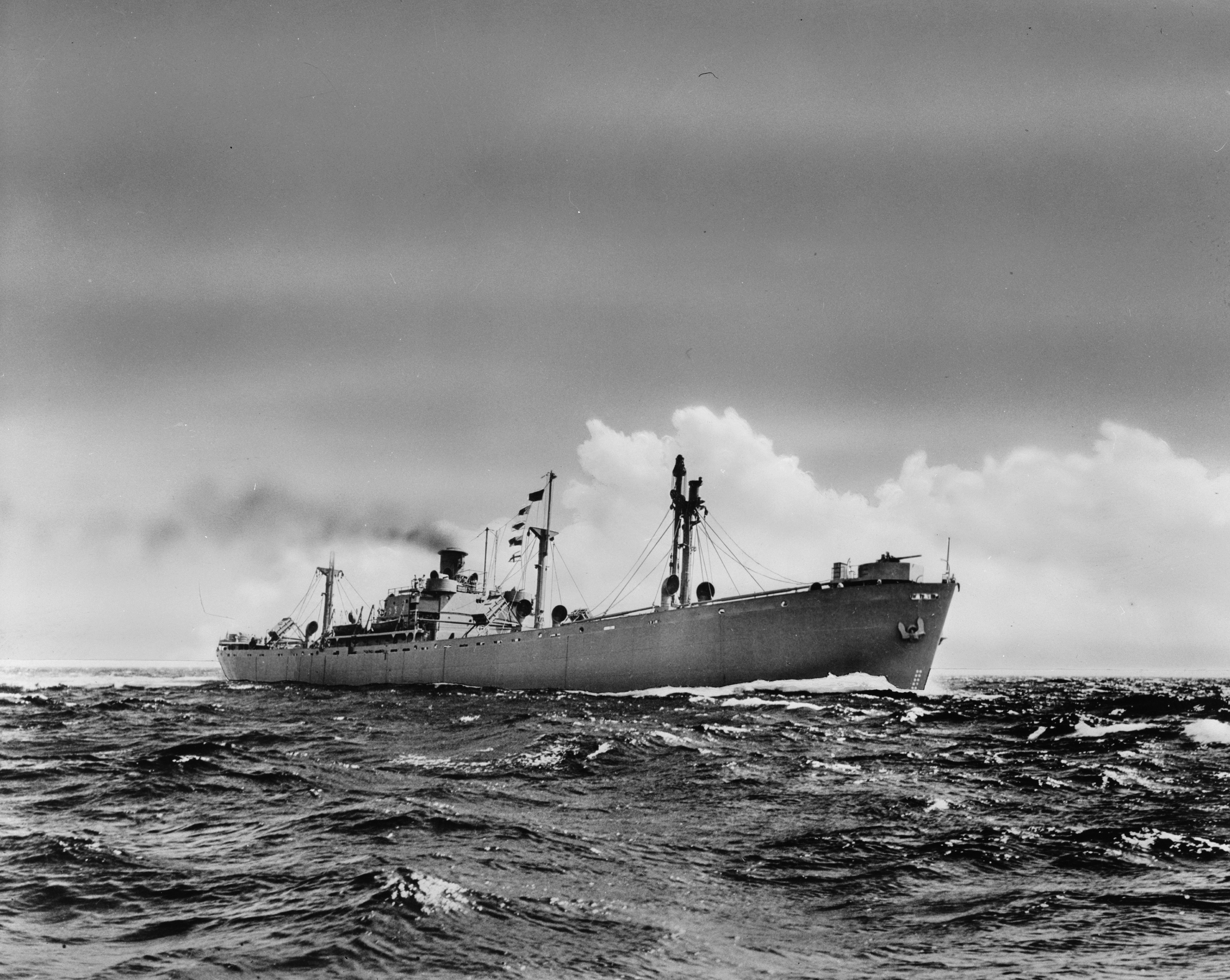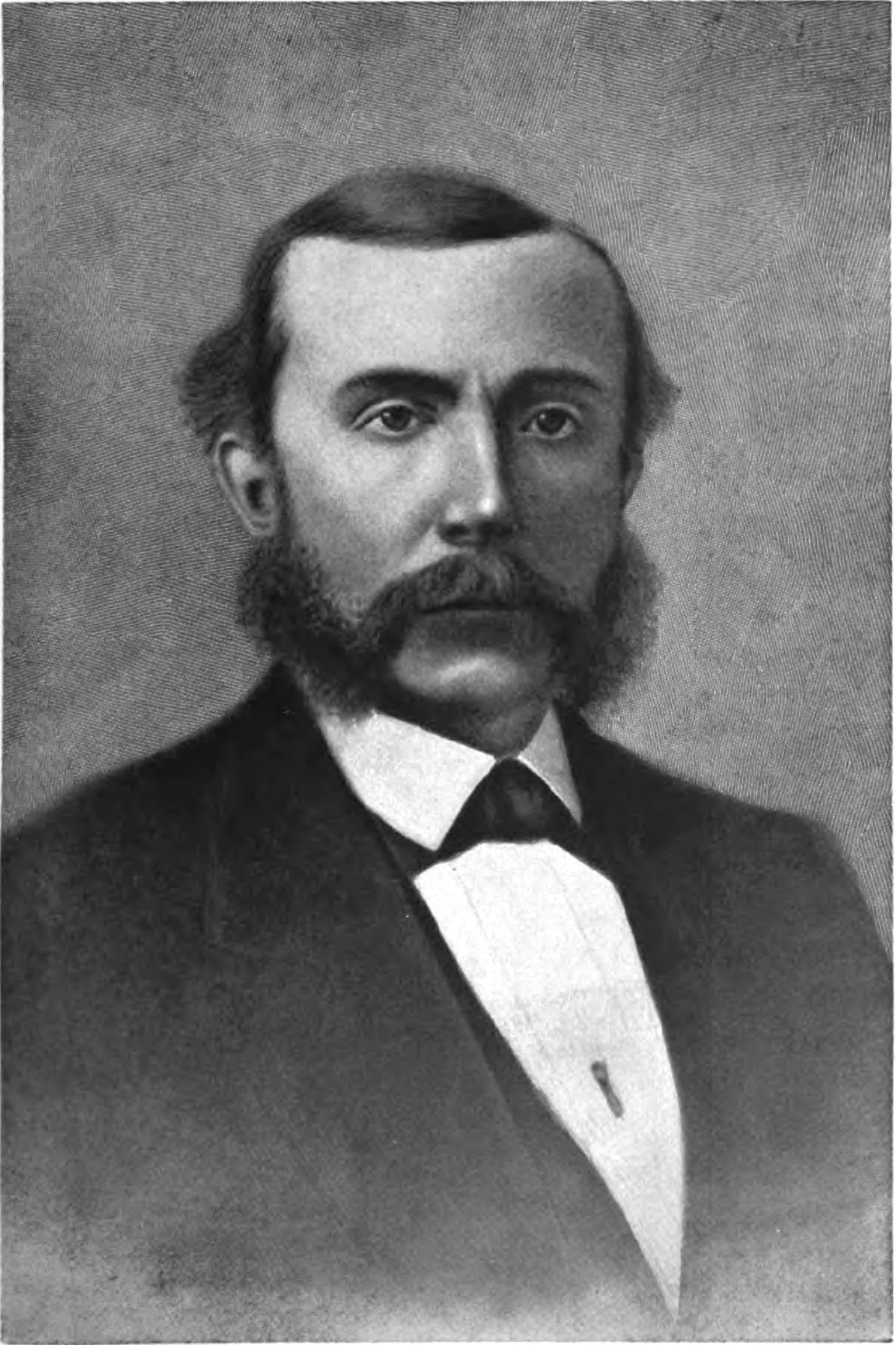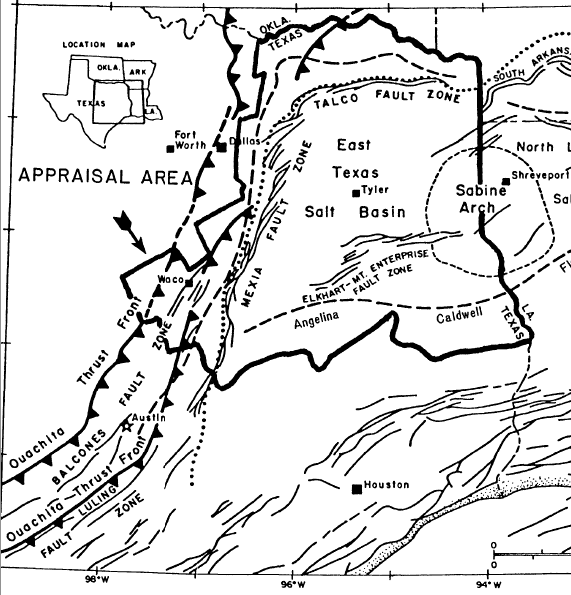|
American Republics Corporation
American Republics Corporation was a Texas oil company that was founded by Joseph S. Cullinan in Houston, Texas in 1916. Joseph S. Cullinan owned Farmers Oil Company and other companies. Cullinan consolidated with twenty subsidiary companies into the American Republics Corporation. American Republics Corporation became the holding company for all the subsidiary. By 1927 American Republics Corporation owned two million acres of oil land, refineries, rail tankers and tanker ships. Cullinan resigned as president of American Republics Corporation in 1928. During the Great Depression American Republics Corporation was forced into receivership. In 1936 Cullinan returned and became president again. American Republics Corporation was active in supporting the World War II efforts with oil supply and tanker ships. History The Texas Oil Company (now Texaco), was founded by Cullinan in 1913. But when the Texas Oil Company moved its headquarters to New York City, Cullinan, James L. Autry ... [...More Info...] [...Related Items...] OR: [Wikipedia] [Google] [Baidu] |
Houston
Houston (; ) is the most populous city in Texas, the most populous city in the Southern United States, the fourth-most populous city in the United States, and the sixth-most populous city in North America, with a population of 2,304,580 in 2020. Located in Southeast Texas near Galveston Bay and the Gulf of Mexico, it is the seat and largest city of Harris County and the principal city of the Greater Houston metropolitan area, which is the fifth-most populous metropolitan statistical area in the United States and the second-most populous in Texas after Dallas–Fort Worth. Houston is the southeast anchor of the greater megaregion known as the Texas Triangle. Comprising a land area of , Houston is the ninth-most expansive city in the United States (including consolidated city-counties). It is the largest city in the United States by total area whose government is not consolidated with a county, parish, or borough. Though primarily in Harris County, small portions of the ... [...More Info...] [...Related Items...] OR: [Wikipedia] [Google] [Baidu] |
Corsicana, Texas
Corsicana is a city in Navarro County, Texas, United States. It is located on Interstate 45, 56 miles northeast of Waco, Texas. The population was 23,770 at the 2010 census. It is the county seat of Navarro County, and an important Agri-business center. History Founded in 1848, Corsicana was named by José Antonio Navarro after the Mediterranean island of Corsica, the birthplace of his father. He had died when Navarro and his many siblings were young. The first school opened shortly afterwards in 1849. Women's groups have had a strong role throughout the history of the city. They established the Corsicana Female Literary Institute, a school that operated from 1857 through 1870. The first public library in Corsicana opened in 1901 by effort of the women's clubs of the city. A 1905 library matching gift by Andrew Carnegie gave the library a permanent home and its first full-time, professionally trained librarian. The library today is housed in a dedicated building downtown and ... [...More Info...] [...Related Items...] OR: [Wikipedia] [Google] [Baidu] |
United States Shipping Board
The United States Shipping Board (USSB) was established as an emergency agency by the 1916 Shipping Act (39 Stat. 729), on September 7, 1916. The United States Shipping Board's task was to increase the number of US ships supporting the World War I efforts. United States Shipping Board program ended on March 2, 1934. Initiation The United States' maritime position had been eroding for decades with some Congressional concern, some remedies actually worsening the situation, with European shipping companies dominating overseas trade and just over 10% of the value of trade carried in U.S. owned ships. The 1916 act was the result of Congressional efforts to create a board to address the problem dating from 1914. At this time the legislation was not a part of any war effort with specific intent as stated in the act: :"An Act to establish a United States Shipping Board for the purpose of encouraging, developing, and creating a naval auxiliary and naval reserve and a Merchant Marine to ... [...More Info...] [...Related Items...] OR: [Wikipedia] [Google] [Baidu] |
Magnolia Petroleum Company
The Magnolia Petroleum Company was an early twentieth century petroleum company in Texas. The company was established in 1911, being later acquired by the Standard Oil of New York, which operated it as a wholly-owned subsidiary until its demise in 1959. History The company was founded on April 24, 1911, by the Sealy family of Galveston, as a consolidation of several earlier companies, including J. S. Cullinan Company and its refinery in the East Texas Oil Field. Standard Oil of New York ("Socony") exchanged its stock for all of the Magnolia stock (except seven shares for the Directors) in December 1925 though it continued to operate as an affiliate of Socony. The firm then merged with Vacuum Oil Company in 1931, becoming "Socony-Vacuum Oil Company". Magnolia Petroleum continued to operate as a subsidiary of Socony-Vacuum. In 1959, Magnolia was fully incorporated into the Mobil division of Socony-Vacuum, which later changed its name to 'Socony Mobil' and, ultimately to Mobil ... [...More Info...] [...Related Items...] OR: [Wikipedia] [Google] [Baidu] |
Standard Oil
Standard Oil Company, Inc., was an American oil production, transportation, refining, and marketing company that operated from 1870 to 1911. At its height, Standard Oil was the largest petroleum company in the world, and its success made its co-founder and chairman, John D. Rockefeller, who is among the wealthiest Americans of all time and among the richest people in modern history. Its history as one of the world's first and largest multinational corporations ended in 1911, when the U.S. Supreme Court ruled that it was an illegal monopoly. The company was founded in 1863 by Rockefeller and Henry Flagler, and was incorporated in 1870. Standard Oil dominated the oil products market initially through horizontal integration in the refining sector, then, in later years vertical integration; the company was an innovator in the development of the business trust. The Standard Oil trust streamlined production and logistics, lowered costs, and undercut competitors. "Trust-busting" cri ... [...More Info...] [...Related Items...] OR: [Wikipedia] [Google] [Baidu] |
Oil Industry
The petroleum industry, also known as the oil industry or the oil patch, includes the global processes of exploration, extraction, refining, transportation (often by oil tankers and pipelines), and marketing of petroleum products. The largest volume products of the industry are fuel oil and gasoline (petrol). Petroleum is also the raw material for many chemical products, including pharmaceuticals, solvents, fertilizers, pesticides, synthetic fragrances, and plastics. The industry is usually divided into three major components: upstream, midstream, and downstream. Upstream regards exploration and extraction of crude oil, midstream encompasses transportation and storage of crude, and downstream concerns refining crude oil into various end products. Petroleum is vital to many industries, and is necessary for the maintenance of industrial civilization in its current configuration, making it a critical concern for many nations. Oil accounts for a large percentage of the world†... [...More Info...] [...Related Items...] OR: [Wikipedia] [Google] [Baidu] |
East Texas Oil Field
The East Texas Oil Field is a large oil and gas field in east Texas. Covering and parts of five counties, and having 30,340 historic and active oil wells, it is the second-largest oil field in the United States outside Alaska, and first in total volume of oil recovered since its discovery in 1930. Over of oil have been produced from it to-date. It is a component of the Mid-continent oil province, the huge region of petroleum deposits extending from Kansas to New Mexico to the Gulf of Mexico. The field includes parts of Gregg, western Rusk, southern Upshur, southeastern Smith, and northeastern Cherokee counties in the northeastern part of the state. Overall the field is about long on the north-south axis, and five miles (8 km) to across. The producing sands were relatively shallow at about , was high gravity, low in sulfur, and yielded a high percentage of gasoline (up to 37 per cent). Interstate 20 cuts across the field from east to west, and the towns of Kilgo ... [...More Info...] [...Related Items...] OR: [Wikipedia] [Google] [Baidu] |
Humble, Texas
Humble ( ) is a city located in the Houston metropolitan area. Humble became an oil boomtown in the early 20th century when oil was first discovered there in 1904. By 1905, the Humble oilfield was the largest producing oilfield in Texas. Humble was home of The Humble Oil and Refining Company, a predecessor of Exxon. As of the 2020 census, the city population was 16,795. History The first settlers began moving into the Humble area in the early 19th century. Joseph Dunman is believed to be the first settler in 1828. A ferry was built nearby, across the San Jacinto River. The area of Humble became a center for commercial activity due to the region's large oil industry. The city got its name from one of the original founders/settlers, Pleasant Smith Humble, who opened the first post office in his home and later served as justice of the peace. In 1883, a city directory reported that he operated a fruit stand. In 1885, he was a wood dealer, and in 1900, the District 99, Justic ... [...More Info...] [...Related Items...] OR: [Wikipedia] [Google] [Baidu] |
Liberty County, Texas
Liberty County is a county in the U.S. state of Texas. As of the 2020 census, its population was 91,628. The county seat is Liberty. The county was created in 1831 as a municipality in Mexico and organized as a county in 1837. It is named for the popular American ideal of liberty. Liberty County is included in the Houston- The Woodlands-Sugar Land, TX metropolitan statistical area. Geography According to the U.S. Census Bureau, the county has a total area of , of which (1.5%) are covered by water. The Trinity River flows through this county, dividing the county roughly in half. The river begins on the northern border of Liberty County, forming the San Jacinto - Polk County line through the Liberty County line. The east fork of the San Jacinto River flows through far northeast parts of the county, flowing through Cleveland. Tarkington Bayou begins in the Sam Houston National Forest in San Jacinto County, working its way south through northeast and east Liberty County and j ... [...More Info...] [...Related Items...] OR: [Wikipedia] [Google] [Baidu] |
Hughes Tool Company
Hughes Tool Company was an American manufacturer of drill bits. Founded in 1908, it was merged into Baker Hughes Incorporated in 1987. History The company was established in December 1908 as Sharp-Hughes Tool Company when Howard R. Hughes Sr. patented a roller cutter bit that dramatically improved the rotary drilling process for oil drilling rigs. He partnered with longtime business associate Walter Benona Sharp to manufacture and market the bit. Following her husband's death in 1912, Sharp's widow Estelle Sharp sold her 50% share in the company to Howard Hughes Sr. in 1914. The company was renamed Hughes Tool Company on February 3, 1915. After Hughes Sr. died of a heart attack in 1924, the younger Howard inherited the majority interest in the company, and then convinced his relatives to sell their shares to him as well. Legally emancipated at the age of 18, Howard began using the profits from Hughes Tool to fund his other ventures. Toolco paid Hughes an annual salary of $50 ... [...More Info...] [...Related Items...] OR: [Wikipedia] [Google] [Baidu] |
Sharon, Pennsylvania
Sharon is a city in western Mercer County, Pennsylvania, United States. The city, located along the banks of the Shenango River on the state border with Ohio, is about northeast of Youngstown, about southeast of Cleveland and about northwest of Pittsburgh. The population was 13,147 at the 2020 census. It is a part of the Youngstown–Warren metropolitan area. History The Sharon area was first settled in 1795. It was incorporated as a borough on October 6, 1841, and incorporated as a city on December 17, 1918. The city operated under the Pennsylvania third-class city code until 2008, at which point it adopted a home rule charter under which the elected position of mayor was replaced with a hired city manager and financial officer. The founding families of Sharon first settled on a flat plain bordering the Shenango River, between two hills on the southwestern edge of what is today Sharon's downtown business district. According to local legend, the community received its name ... [...More Info...] [...Related Items...] OR: [Wikipedia] [Google] [Baidu] |







.jpg)